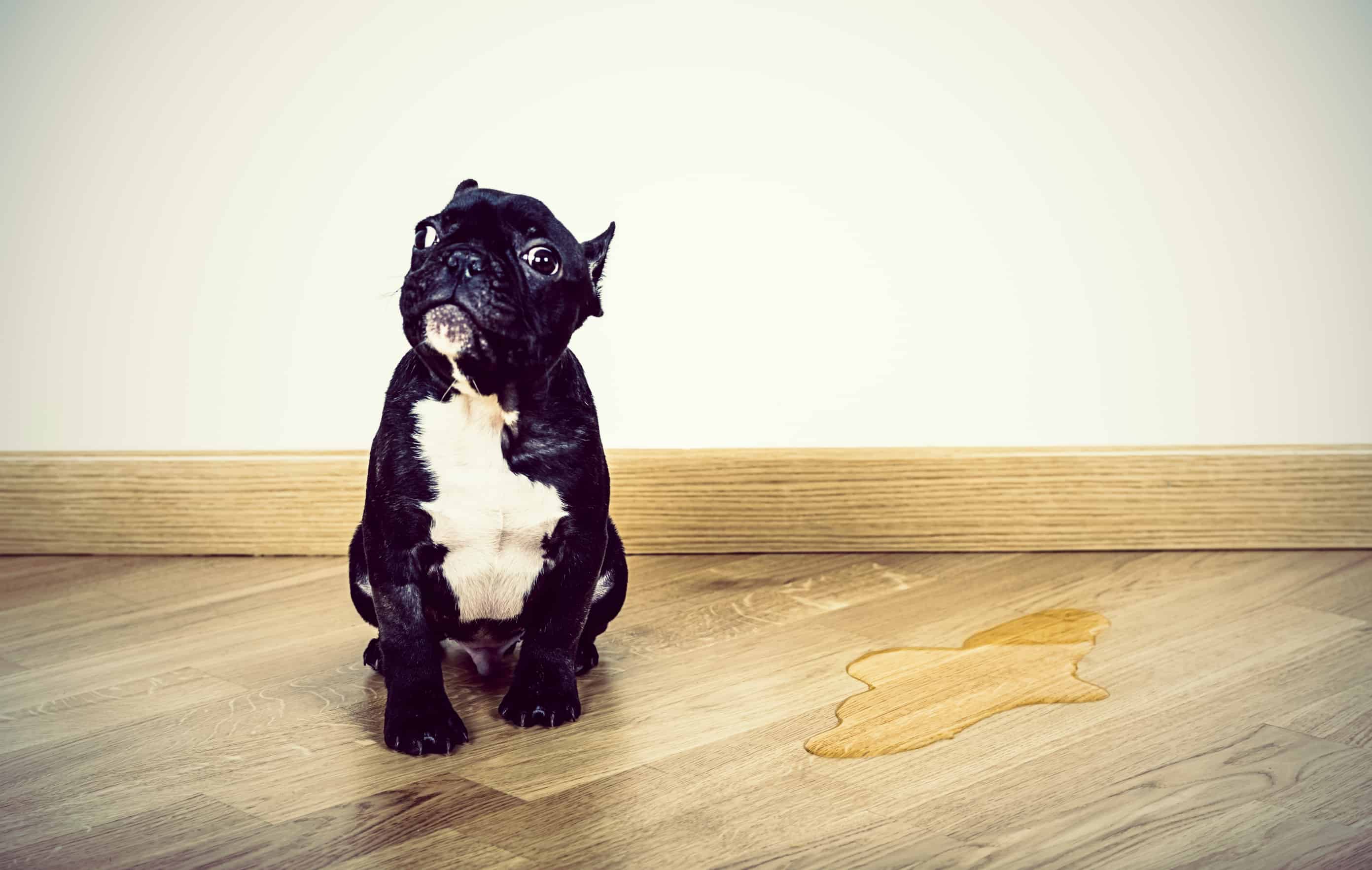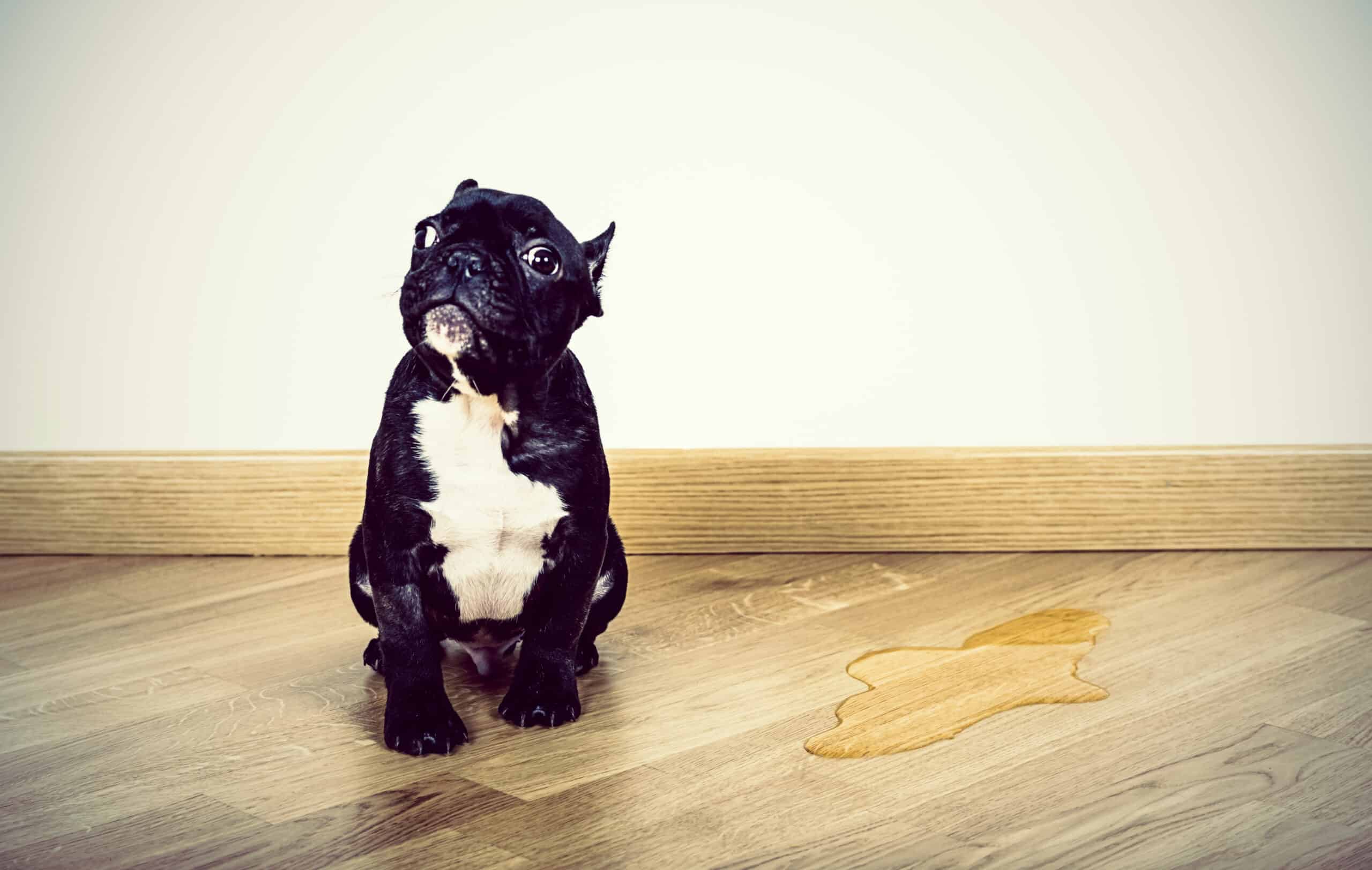Bloat in Dogs: What Every Dog Owner Should Know
 Bloat in dogs may sound like just a bad case of indigestion, but it’s far more complex and serious than that. Gastric dilatation-volvulus (GDV), commonly called bloat, is a condition that causes the stomach to expand with fluid, food, or air, and then rotate or “flip”. It can be fatal if not treated immediately.
Bloat in dogs may sound like just a bad case of indigestion, but it’s far more complex and serious than that. Gastric dilatation-volvulus (GDV), commonly called bloat, is a condition that causes the stomach to expand with fluid, food, or air, and then rotate or “flip”. It can be fatal if not treated immediately.
Keep reading to learn more about the signs, risk factors, and how to prevent bloat in your pet.
What Causes Bloat in Dogs?
While there’s no single cause for why some dogs fall victim to bloat, there is evidence that certain dogs may be more susceptible based on the following:
Breed/genetics – Dogs with large or deep chests are more prone to bloat. It also tends to affect large breed dogs (most notably Great Danes, Weimaraners, Doberman Pinschers, standard poodles, and setters)
Age/gender – Most dogs diagnosed with bloat are age 7 or older. Males also seem to be at increased risk.
Eating habits – Dogs who eat one large meal per day (rather than several smaller meals) are more prone to bloat – especially those who eat their food very quickly.
Activity after eating – It’s typical for bloat to coincide with running or strenuous exercise after eating.
Keep in mind that while it’s good to know what increases the likelihood of bloat in dogs, it can sometimes occur in pets who do not present these risk factors. Therefore, awareness and understanding of GDV is essential for all dog owners.
Signs of GDV
When bloat occurs, it creates pressure within the abdominal cavity and on other organs. The continuing enlargement of the stomach restricts breathing and blood flow. In addition, as the stomach extends, it can begin to twist (referred to as volvolus or torsion), cutting off the blood supply.
Unfortunately, some symptoms of GDV may go unnoticed, but be sure to contact us if you notice any of the following:
- Swollen abdomen (most notable symptom)
- Shallow/rapid breathing
- Hacking or attempts to vomit
- Pallor
- Panic or restlessness
- Collapse
Bloat in dogs is a very serious, life-threatening emergency. Treatment often requires the immediate release of pressure within the abdominal cavity, as well as intravenous catheters, pain medications, antibiotics, and sometimes corrective surgery.
Minimizing Your Pet’s Risk
When faced with a bloated pet, vigilance and a quick response are always your best defense. We also recommend the following preventive measures:
- Feed your pet smaller meals (but do not exceed daily recommended totals)
- If your dog is an anxious or aggressive eater around others, feed him or her separately.
- Wait at least 30 minutes to exercise your dog after each meal.
- Help your pet slow down his or her eating habits by using a food dispensing puzzle or the aforementioned tiny meal plan.
- Offer water 15-20 minutes after your pet eats, rather than with the meal.
For more information on GDV, please contact us.

